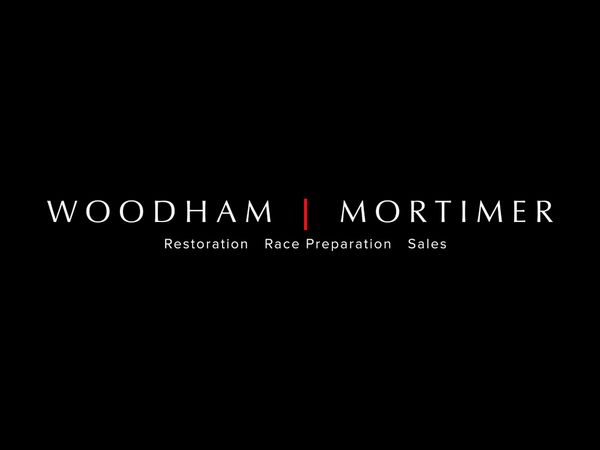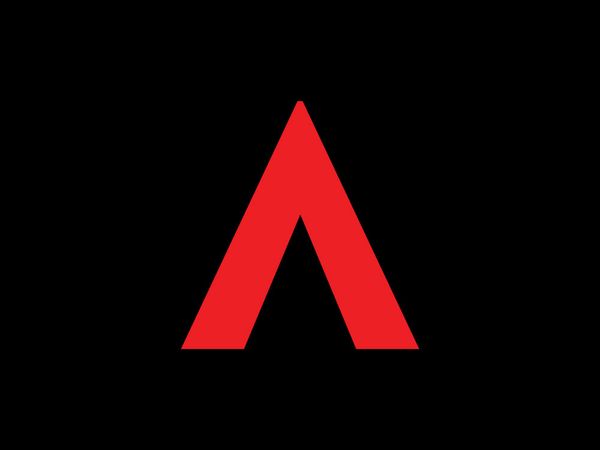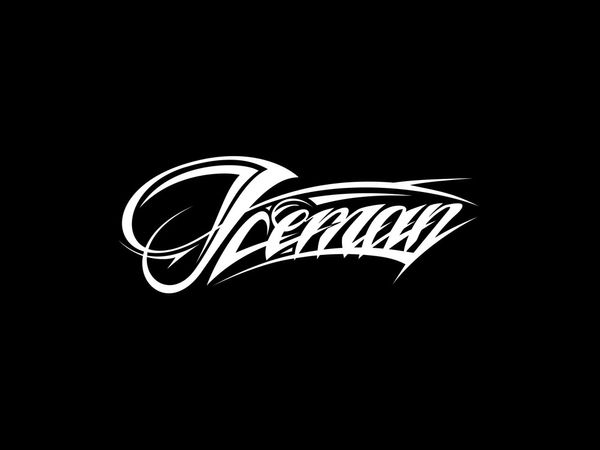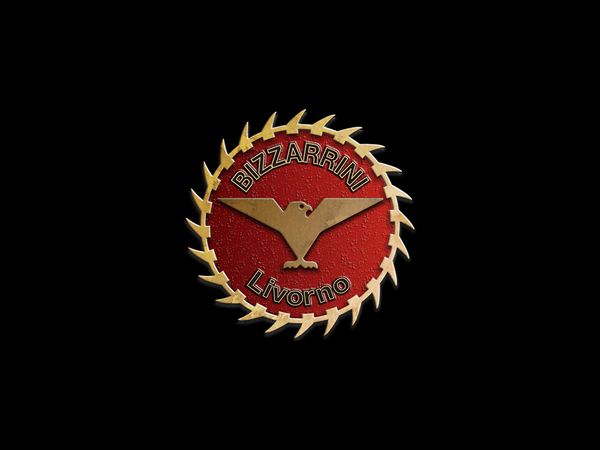As the only completely mixed-surface rally on the WRC calendar, the penultimate round of the season in Spain will see Citroën Total World Rally Team crews Sébastien Ogier / Julien Ingrassia and Esapekka Lappi / Janne Ferm charge into battle once again. Ogier and Ingrassia are determined to keep challenging for a seventh consecutive world title in the C3 WRC.
More so than anywhere else, you must have all-round ability as a driver if you are to have a chance to take the victory in Spain, as this rally requires the crews to switch from gravel to tarmac without any time to adjust. Additionally, the cars must be equally quick on gravel on day one as they are on tarmac over the following two days. Meanwhile, the mechanics and engineers have to pull off a significant feat to switch from one configuration to the other in only a limited period of time.
Winner of the last two rallies held here, Citroën Total World Rally Team has already proven its ability at this tricky exercise. The team has won in Catalonia a total of eleven times, including five since it became a mixed-surface event (2010, 2011, 2012, 2017 and 2018). With Sébastien Ogier and Julien Ingrassia, who are three-time winners of this event themselves (2013, 2014 and 2016), Citroën has a strong case for success this weekend and therefore harbours genuine hopes, even though the French crew will be hindered slightly by running second on the road on Friday’s leg. However, buoyed by recent testing in the C3 WRC, they head into this weekend’s rally determined to turn things around in the championship.
Starting from a better road position (seventh) provided the weather stays dry on day one, Esapekka Lappi and Janne Ferm could also be serious contenders for a top spot on the podium, whilst also acting as important allies for Sébastien and Julien. This is especially the case as Esapekka is clearly now very comfortable in the C3 WRC on gravel, reflected in his second place finishes in Finland and Turkey. The Finnish driver’s past experience in karting may also prove valuable on the tarmac stages, which are held on wider, circuit-like roads.
In order to give themselves the best possible chance of success, the French team held an extensive four-day test in Catalonia, almost exclusively devoted to improving the competitiveness of the C3 WRC on tarmac. Whilst no-one in the team is getting carried away and everyone is fully focused on the job in hand, the progress made during the test has raised hopes of being able to fight all the way in the championship.
REACTIONS FROM…
Pierre Budar, Citroën Racing Team Principal: “Obviously, this round is vitally important for us if we want to stay in contention for the title. Despite having won the last two times here, we have still prepared very seriously and in great detail for this round and with even more motivation than before. Our test was mainly focused on tarmac and we feel we made significant progress by combining our efforts on the diffs, the geometry and the dampers, although we’ll only really know whether it’s enough once the rally gets underway. On gravel, although we can always do better, we have shown recently the progress we have made on this surface, so we have tried to build on what is now a solid foundation and improve the car a bit more through preparation in the workshop.”
Sébastien Ogier, Citroën Total WRT driver: “I enjoy racing on different surfaces so this is a great rally for me and I'm determined to score big points here if I can. We don't have any choice, really. We have to close the gap to Ott if we are to retain our hopes of taking the title. Given the influence of road position, the first leg on gravel is bound to be difficult for us but I’m not going to worry about that any more than usual. I'm confident that we’ll be quicker on tarmac. The car felt much better in testing than previously but only the times and those of our rivals will tell us whether or not the step forward we have made is big enough.”
Number of appearances at the event: 11
Number of wins: 3 (2013, 2014 and 2016)
Esapekka Lappi, Citroën Total WRT driver: “I like the idea of racing on a mixed-surface rally, even though it’s a huge challenge. It’s especially tricky on Saturday morning when you have to switch from gravel to tarmac with no transition and immediately be on the pace from the first corner. I hope it will stay dry on Friday and I’ll be able to make the most of my position in the running order, particularly as we have now shown good pace on gravel. I love the tarmac stages here, the roads are smooth and flowing, very fast in places, and on the whole pretty clean if it doesn't rain. They are the ones that remind me most of my track racing past. We should be more competitive than on the previous tarmac rounds, because we definitely pinpointed something during testing, but we’ll have to wait for the times on the first few stages on tarmac to see where we really stand.”
Number of appearances at the event: 3
Best result: 7th (2018)
RALLY DE ESPAÑA KEY FIGURES
17 timed stages covering a total of 325.56km
1 hr 15 mins the time allowed in service on Friday evening for the technical teams to convert the cars from gravel to tarmac configuration
32 Michelin tyres available, including 16gravel (to be chosen from 10 medium and 16 hard tyres) and 16tarmac (to be chosen from 12 soft, 16 hard and 8 rain tyres)
11overall wins secured by Citroën at Rally de España: 1 with Xsara Kit-Car (1999), 2 with Xsara WRC (2005 and 2006), 4 with C4 WRC (2007, 2008, 2009 and 2010), 2 with DS3 WRC (2011 and 2012) and 2 with C3 WRC (2017 and 2018).
RALLY DE ESPAÑA SCHEDULE (GMT+2 until 27/10, GMT+1 afterwards)
The only mixed surface event on the calendar since it switched format in 2010, Rally de España begins on Friday with 129.70 competitive kilometres on gravel stages, making it the weekend’s longest leg. On these varied roads, which do tend to stay clean in dry weather, the running order always plays a crucial role, as does the dust kicked up as cars come through the stages, often hanging in the air for several minutes. Unless of course there is rain, as then things can be completely shaken up. The highlight of this leg will once again be the two runs on the stage formerly known as Terra Alta, renamed La Fatarella – Vilalba (38.85km). Crews must complete several kilometres on very technical, tarmac roads with gravel tyres, and this can lead to significant gaps on the timesheets. Saturday and Sunday's legs will be contested on the smooth and flowing circuit-like tarmac roads of Catalonia, over competitive distances of 121.72 and 74.14 kilometres respectively.
The itinerary for this year’s rally is almost a carbon copy of last year’s event. The only real changes are that the opening super-special stage in the streets of Barcelona has been dropped and Sunday’s Santa Marina stage has been replaced by Mussara (20.72km), last used in 2014 in the opposite direction, which this time around will be used as the Power Stage.
Of course, a mixed-surface rally means a change in configuration, with the team’s mechanics converting the cars from gravel to tarmac versions at the end of day one. Friday evening’s service is therefore extended from its usual length of forty-five minutes to an hour and a quarter. Although the mechanics and engineers practice for this service beforehand in the workshop, it remains a huge challenge for the technical team and provides the spectators at the service park with an impressively orchestrated display.




























